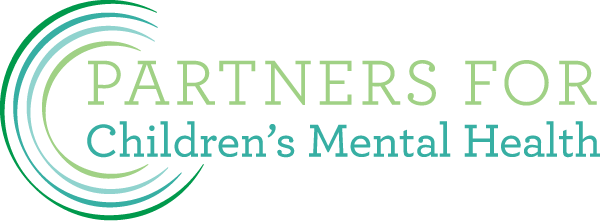Objective: To describe the methodological development and feasibility of real-world implementation of suicide risk screening into a pediatric primary care setting.
A suicide risk screening quality improvement project (QIP) was implemented by medical leadership from a suburban-based pediatric (ages 12–25 years) primary care practice in collaboration with a National Institute of Mental Health (NIMH) suicide prevention research team. A pilot phase to acclimate office staff to screening procedures preceded data collection. A convenience sample of 271 pediatric medical outpatients was screened for suicide risk. Patients, their parents, and medical staff reported their experiences and opinions of the screening procedures.
Thirty-one (11.4%) patients screened positive for suicide risk, with 1 patient endorsing imminent suicide risk (3% of positive screens; 0.4% of total sample). Over half of the patients who screened positive reported a past suicide attempt. Most patients, parents, and medical staff supported the implementation of suicide risk screening procedures into standard care. A mental health clinical pathway for suicide risk screening in outpatient settings was developed to provide outpatient medical settings with guidance for screening.
Conclusion: Screening for suicide risk in pediatric primary care is feasible and acceptable to patients, their families, and medical staff. A clinical pathway used as guidance for pediatric health care providers to implement screening programs can aid with efficiently detecting and managing patients who are at risk for suicide.
authors: Lisa M. Horowitz PhD, MPH, Jeffrey A. Bridge PhD, Mary V.Tipton BA, Ted Abernathy MD, Annabelle M. Mournet BA, Deborah J. Snyder MSW, Elizabeth C. Lanzillo BA, DanielPowellMD, Michael Schoenbaum PhD, Khyati Brahmbhatt MD, Maryland Pao MD
Content originally published on https://www.academicpedsjnl.net/
